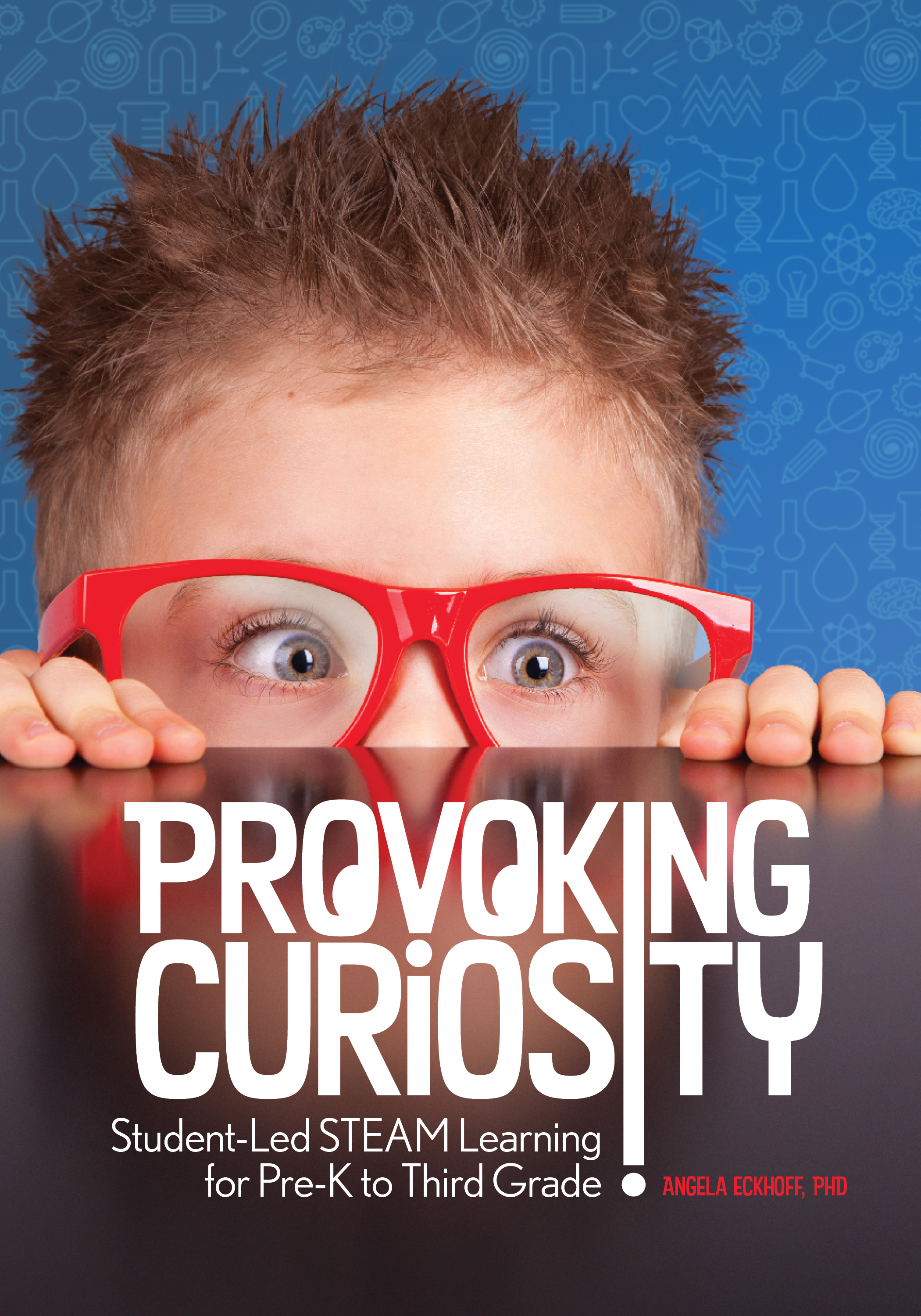- Home
- Activities
- Build a Bug, Build an Insect, Build an Arthropod
Build a Bug, Build an Insect, Build an Arthropod

“It’s a bug!” is a common phrase heard across all playgrounds as young children explore all those small creatures that walk, fly, and crawl. This provocation (child-driven exploration) by Angela Eckhoff, PhD, author of Provoking Curiosity: Student-Led STEAM Learning for Pre-K to Third Grade, draws children’s attention to the differences among bugs, insects, and arthropods as a means to build both life-science understandings and classification skills.
• A bug has a mouth shaped like a straw (called a stylet), no teeth, and tough forewings. Common bugs include beetles, aphids, stink bugs, and water bugs.
• An insect has a hard outer shell (called an exoskeleton), three main body parts (head, thorax, and abdomen), and usually two pairs of wings and three pairs of legs. Common insects include ants, bees, mosquitos, butterflies, and beetles.
• Arthropods make up about 85 percent of all known animals on Earth. They have segmented bodies, multiple jointed legs or limbs, and exoskeletons and are coldblooded. Common arthropods are spiders, ticks, centipedes, lobsters, crabs, shrimp, and scorpions.
Build a Bug, Build an Insect, Build an Arthropod Provocation
Children visually explore color images or real specimens (typically encased in resin or acrylic blocks) of insects, bugs, and arthropods. To help children as they explore the differences among these creatures, it can be helpful to provide the children with images of various insects, bugs, and arthropods for them to reference.
Prompt
Can you build an insect, bug, or arthropod?
Content and Skills Experienced
• Life science: the study of the earth’s animals and the ways their bodies support movement
• Creativity skills: visualization, solution finding, flexibility, problem solving
Materials
• Color images or real specimens of insects, bugs, and arthropods
• Various small materials, or larger materials that can be cut, to construct models (such as chenille pipe cleaners, buttons, clear counters, glass cabochons, toothpicks, and paper straws)
• Scissors (first through third grade)
• Glue or tape
• Playdough or modeling clay
• Paper and pencils (third grade)
Differentiation by Grade Level
• Pre-K and kindergarten students benefit from working with one animal type at a time and using materials that are already cut or small enough to use immediately.
• First- and second-grade students benefit from the opportunity to choose and manipulate the materials to fit their needs, so include scissors to enable them to cut their pieces to size. Have defined spaces for children to work on their creations—trays work well if children are working individually.
• Third-grade students could expand this provocation by thinking about the ways each animal uses its various parts to survive. Include paper and pencils to encourage the children to think and write about how a butterfly uses its wings or an ant uses its legs.
Provoking Curiosity brings teachers of children from preschool through 3rd grade new and easy-to-execute STEAM learning experiences. Each activity is developmentally appropriate and engages children—individually, in small groups, or in one large group—to think, explore, and wonder. Each exploration builds on core ideas in the STEAM disciplines, develops higher-level thinking skills, and uses readily available materials in early childhood classrooms. The inviting STEAM explorations in Provoking Curiosity will remind children that learning can be enjoyable and that they are capable of success in the STEAM disciplines.
